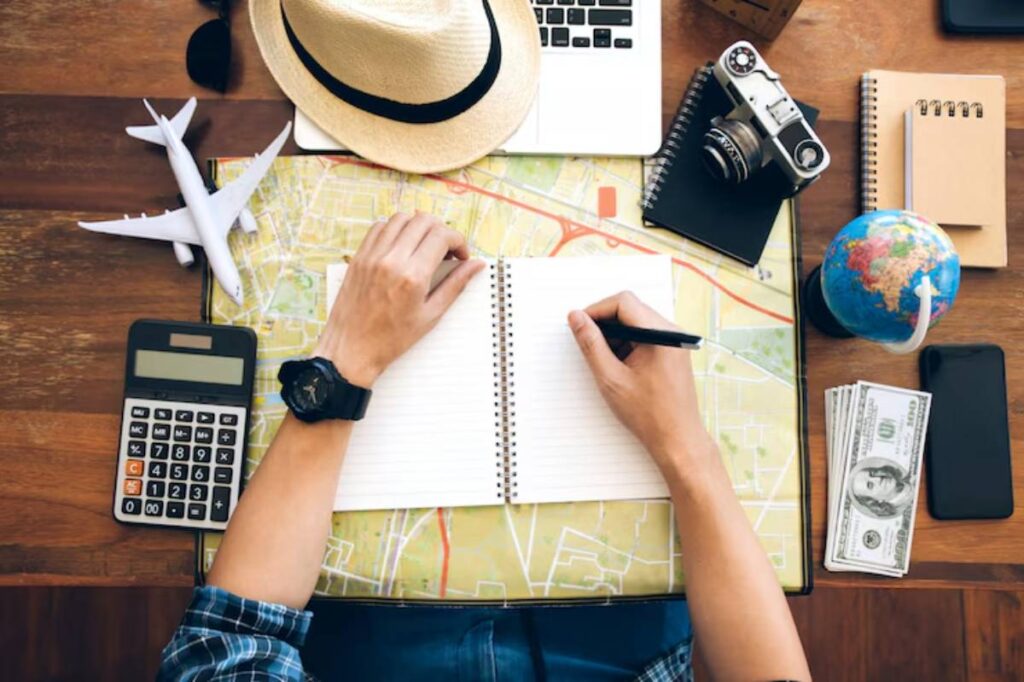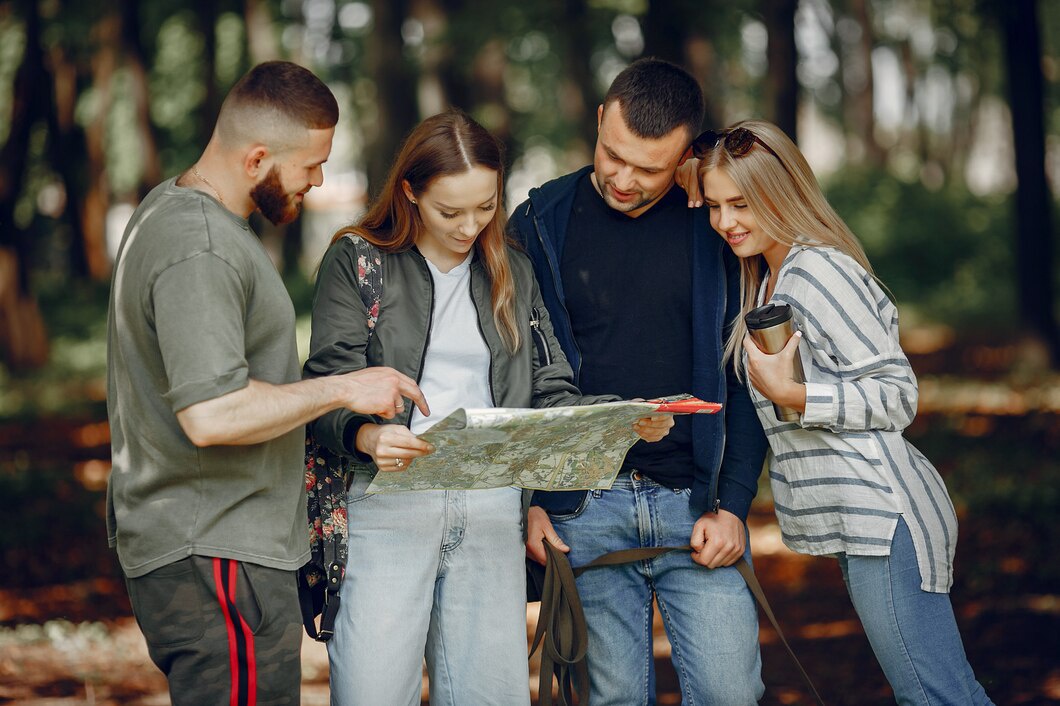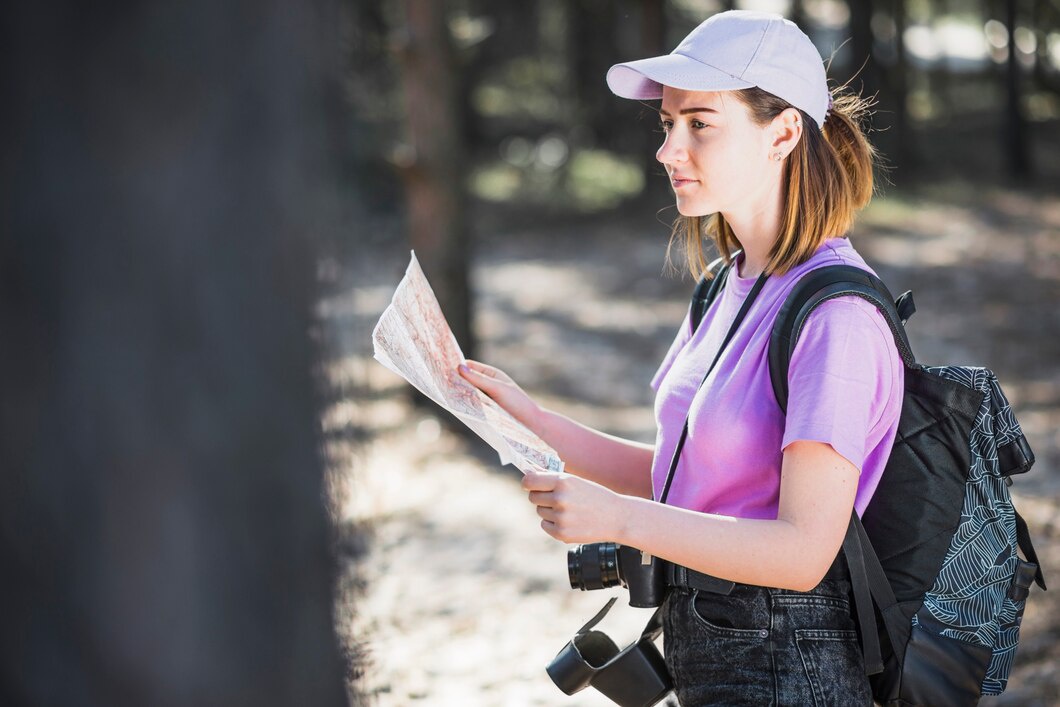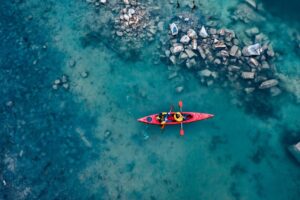The Travel Blog

How to Plan an Adventure Sports Trip on a Budget
Why Budget Adventure Travel is Your Next Smart Move
Who says chasing adrenaline has to drain your wallet? Whether it’s bungee jumping in New Zealand or white-water rafting in Slovenia, adventure travel is no longer reserved for the well-heeled. Thanks to budget airlines, off-season deals, and local operators, you can now get your heart racing for less than a luxury hotel stay.
Planning an affordable extreme sports holiday takes more than luck—it demands strategy. In this guide, we’ll show you how to build a cost-effective thrill-seeking trip without sacrificing excitement. Ready to feel alive without going broke? Let’s dive in.
Understanding the Core: What is Budget Adventure Travel?
Budget adventure travel is the art of blending thrill-filled activities—like skydiving, canyoning, or sandboarding—with clever cost-saving methods.
This means:
- Choosing low-cost destinations
- Booking group or off-season adventures
- Using local gear rental instead of buying
- Staying in hostels or eco-lodges
The goal is simple: maximise your adrenaline, minimise your spending.
According to a 2024 travel industry report, 37% of Gen Z and millennial travellers prioritise “experiential travel on a budget” over luxury. Affordable adventure trips aren’t just possible—they’re in demand.
Quick Reference: Budget Adventure Trip Checklist

- Choose offbeat adventure destinations
- Book early or use fare alert tools
- Stay in hostels, campsites or eco-lodges
- Book local operators, not big brands
- Bundle activities for discounts
- Travel with light, versatile gear
- Use offline maps and local transport
- Eat like a local – street food & markets
- Get travel insurance with adventure cover
- Time your trip around off-peak deals
Step-by-Step Guide: How to Plan Your Trip
1. Choose the Right Destination
Opt for countries where the cost of living is low but the adventure is high.
Examples include:
- Vietnam: Dirt-cheap motorbike rentals and epic mountain passes.
- Georgia: Paragliding over the Caucasus at half the cost of Europe.
- Mexico: Surfing, diving, and ziplining – all on a taco budget.
Secret Tip: Use websites like Numbeo or BudgetYourTrip to estimate daily costs.
2. Time it Right: Off-Season Wins
Adventure tourism is seasonal. Visiting right before or after peak months can save you 30–50%.
Example: Go canyoning in Slovenia in late May instead of July. Fewer crowds, cheaper prices, and better deals on gear rental.
Pro Tip: Use Skyscanner’s “whole month” view to spot the cheapest travel dates.
3. Budget Flights and Transport Hacks
Use flight comparison sites and budget airline alerts.
Try:
- Skyscanner
- Google Flights
- Hopper
Avoid pricey taxis—rent scooters or use shared vans.
Local Hack: In Nepal, adventure travellers save by using public buses to reach paragliding launch points in Pokhara.
4. Affordable Accommodation That Works for Adventurers
You don’t need a 5-star hotel when your days are spent rock climbing or diving.
Best budget options:
- Hostels with communal kitchens
- Camping near trails or national parks
- Eco-lodges with shared facilities
Look for places with free gear storage or shuttle services to adventure hubs.
5. Book Smart: Adventure Activities for Less
Skip tour packages by global brands.
Instead:
- Use apps like GetYourGuide or Klook to find verified local providers.
- Ask at hostel front desks – they often have exclusive local discounts.
- Join Facebook or Reddit groups for in-the-know tips.
Important: Bundle multiple activities. A full-day adventure with hiking, abseiling, and cliff jumping often costs less as a combo.
6. Pack Light, Pack Right
Carry only essentials—avoid airline luggage fees and make room for safety gear.
Essentials:
- Quick-dry clothes
- GoPro (optional but great for memories!)
- Reusable water bottle
- Microfibre towel
- Waterproof phone case
7. Eat and Move Like a Local
Budget adventure travel thrives when you go local.
- Eat where locals eat—food trucks, markets, roadside stalls
- Use apps like Maps.me for offline trail navigation
- Use city bicycles or shared scooters instead of taxis
A bowl of pho in Hanoi is 90% cheaper than a tourist restaurant meal—and way more authentic.
Common Mistakes
Avoid These Budget Travel Mistakes:
- Don’t skip insurance—extreme sports need cover
- Don’t over-pack—you’ll regret it when trekking
- Don’t book last-minute if travelling during holidays
Expert Insight: “You can travel for 2 months in South America for the cost of a 1-week ski trip in Switzerland—if you plan smart.” – Rohan D., travel vlogger & budget skydiver
Best Practices & Additional Insights

- Sign up for loyalty programmes from airlines and booking platforms.
- Use student/youth discounts (many apply up to age 30).
- Research free adventure alternatives—like wild swimming instead of rafting.
- Join walking tours and meet fellow adventure-seekers to split activity costs.
Budget Adventure Travel Myths—Busted
- Myth 1: You need expensive gear.
- Reality: Renting locally is often cheaper, lighter, and better suited to the terrain.
- Myth 2: Insurance is a luxury.
- Reality: Some of the cheapest policies (like SafetyWing or World Nomads) include coverage for adventure sports.
- Myth 3: Group tours are a rip-off.
- Reality: Joining small group adventures often reduces per-person costs and includes gear, transport, and permits.
FAQs
Can I do adventure sports safely on a budget?
Yes. Always choose licensed guides, read reviews, and get proper travel insurance.
What’s the cheapest country for extreme sports?
Nepal,Indonesia, and Bolivia are among the cheapest, offering trekking, surfing, and mountaineering for a fraction of European prices.
What if I don’t have my own gear?
Rent locally. Most adventure hubs offer gear rental that’s safe, maintained, and budget-friendly.
How can I find travel buddies for adventure sports?
Join adventure forums, Facebook groups, or hostel boards to connect with like-minded travellers and split costs.
Are adventure sports still available during the off-season?
Yes, but some activities may have limited availability or different safety conditions — always check with local providers.
Is couchsurfing safe for adventure travellers?
When used with verified hosts and common-sense precautions, couchsurfing can be a great way to save money and gain local insights.
Can I earn money while on an adventure trip?
Yes — consider freelance work, volunteering for accommodation, or creating travel content to fund your journey.
What’s the best insurance for adventure activities?
Look for travel insurance that explicitly covers extreme sports (e.g., World Nomads, SafetyWing) and read the fine print.
Conclusion: Your Adventure Awaits—Without the Overdraft

Adventure doesn’t have to come with a luxury price tag. With the right prep, you can plan an unforgettable, cost-effective thrill-seeking trip that’s safe, satisfying, and sensational.
So pack your bags, prep your gear, and chase those heart-pounding moments without worrying about your wallet.
Ready to plan your budget-friendly adrenaline fix? Share this guide with your travel crew and start building your trip today!









